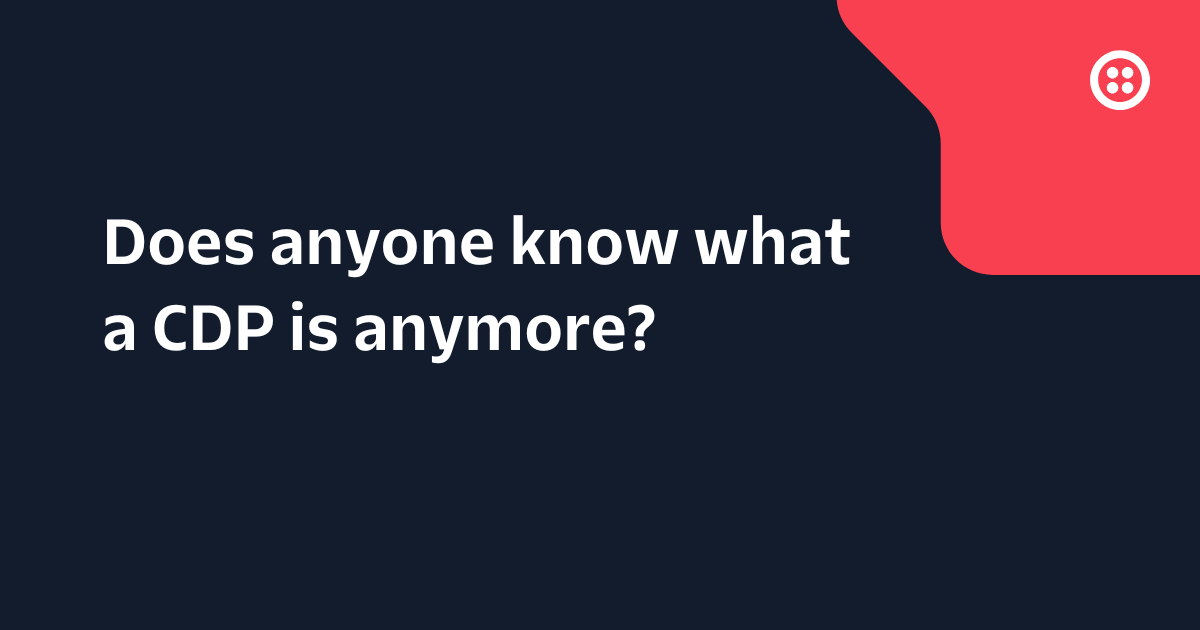Live Blogging from Cloud Camp San Francisco Tonight
Time to read: 6 minutes


7:05 PM — There are a number of events coming up, including Big Data Camp in Santa Clara… working on getting a complete list. The agenda for the nigh is the lightning talks, the unpanel, and then open spaces.
Lightning Talks
Jesse Andrews (@anotherjesse) from Nasa Ames is the first up to take about Nebula Cloud Computing Platform at Ames. He’s talking about how unpredictable things can be, and his slide deck is proving unpredictable as well but he’s rolling with it. Nasa’s requirements are elastic because they deal with things that come up. Nebula started in 2008 with Chris Kemp, who was the Ames CIO at the time. They wanted to empower scientists, developers and researchers to fail fast – but in a safe way.
They’re using Rabbit MQ and Redis for their data store, because it is something that is easy to modify. They went to Goddard and found that their scientists had different requirements, based on a different scale of data. Flexibility is important.

Inside corporate data centers, 3 years ago there was a ridiculous approvals process for getting servers. Today, people use an internal portal and provision servers completely self servers. Release management goes from weeks to minutes, standardization becomes much simpler and now the consumer way of thinking is leading to the standardization of large images, which become re-usable and shareable. Metered billing allows for variable cost, and storage.
Lennart feels that cloud computing is not for everyone, and goes on to discuss HIPPA compliance even being possible in public clouds.

Places like Twitter are pushing their relational databases much further than they were intended to go. Memecache, sharding, etc… basically we have a database on crack but we can’t do important things (like joins) anymore.

7:20 PM — Uri Budnik of RightScale is now up, and he is going to share some insights. Right scale has 30,000+ users and they’ve powered some of the biggest scaling technologies on the web – this is really infrastructure-as-a-service for companies like Zynga.
He has noticed that utility pricing is becoming more and more popular, and references Amazon DevPay as an example. It doesn’t even have to be hourly either, it can be by usage. Utility-pricing is also running in private clouds, which he thinks is exciting and has interesting implications for open source projects. It isn’t just download it and let us know how it goes, and if you need support, it is more in depth than that.

7:35 PM — Next up is a segment that is new to cloud camp, Dave Nielsen is on stage. They’ve noticed some changes happening in the cloud world. At first it was just people talking about “what is cloud computing?” and there was a lot of argument over what it actually meant, and people became more comfortable with certain definitions. Now there is more specialization, and other people are focusing on things that happening within the cloud. First there were talks about managing the cloud, like what we heard from Rightscale and Enstratus, which has evolved into something we call “Dev Ops” asking: how are we going to manage things that are cloud-like?
We also saw, evolving out of that, other use cases that were very common like Hadoop. That was one of the best use cases for high performing computing in the cloud, so this concept of big data evolved. Now another one he is starting to see in the telephony space. Using telephony services has always been very difficult, it requires not just specialized hardware but connections to the internet and providers (telco carriers). Now we’re seeing that treated as software, and tonight we have two companies.
Cloud communications is now here, and one of those things we should treat as code.

Raising the bar is a solution that can help developers make the gap between their skills and by providing an open source layer that works with your cloud API, you are making it easier for developers. Hosted solution and the service model (Redhat) have been the two successful
7:45 PM — Jason Goecke of Tropo is on stage now to talk about how telecommunications is the original cloud. Even today, it is tough to deploy telecom solutions, and we’re seeing a trend now to take these networks and open them up. We’re seeing the use of voice in very innovative ways. They run a private cloud where they host their telecommunications infrastructure.
Unpanels
So that wraps up the lightning talks, now onwards to the “un-panel” — there aren’t any panelists, and we don’t have any questions. So how does this work?
Questions:
- What is a private cloud?
- What is a good starting design pattern?
- What’s in it for the individual developer?
- Does the cloud need better virtual networking capabilities?
- What are the main security issues?
- Is it true that big enterprises willl only use private cloud?
- Which key value stores are people actually using?
- How are people provisioning resources?
Related Posts
Related Resources
Twilio Docs
From APIs to SDKs to sample apps
API reference documentation, SDKs, helper libraries, quickstarts, and tutorials for your language and platform.
Resource Center
The latest ebooks, industry reports, and webinars
Learn from customer engagement experts to improve your own communication.
Ahoy
Twilio's developer community hub
Best practices, code samples, and inspiration to build communications and digital engagement experiences.

